Tourism is the lifeblood of the Highlands, where it employs more than 20,500 people.
Highland Council figures show it is is worth around £1.6 billion to the local economy.
It touches every sector, community and part of the region.
And it underpins many services, including cafes and hotels, and music and events, which continue to remain viable due to the number of visitors coming to visit the area.
The desire from visitors globally to come here remains strong.”
Pre-pandemic, the Highlands welcomed 2.9 million overnight stays and 9.6 million day visits.
While the industry still faces challenges, the region has had a positive recovery from the pandemic. The desire from visitors globally to come here remains strong. We were, after all, named one of National Geographic’s “best of the world” detinations in 2023.
In VisitBritain’s most recent Domestic Sentiment Tracker, which explores the likelihood of UK residents to travel within the UK and abroad, the Highlands came out as the most popular destination in Scotland for visitors intending to take a summer break, followed by Edinburgh.
Take a moment to appreciate this incredible sunset in the #Highlands… 💕
📍 Ullapool 📷 IG/britblog_nl @SpiritHighlands pic.twitter.com/LwLh2XNwKv
— VisitScotland (@VisitScotland) September 18, 2023
We are fortunate to boast what visitors crave – breathtaking scenery and coastlines, spectacular mountains and scenic glens, amazing wildlife, great food and drink, with local provenance, and unique heritage and culture.
The tourism industry in the Highlands, like most other regions, faces challenges, not least the cost of doing business and the shortage of staff. We acknowledge the pressure businesses are under. It’s important we listen to our industry colleagues and support them to overcome these challenges.
Options for every budget
We know the cost of living has impacted on holiday plans, however, we continue to attract visitors with options for every budget – from hostelling at Loch Ness and camping on the west coast to visiting free attractions, and using travel passes or deals to save on transport costs.
VisitScotland supports Highland tourism businesses in their ambition to capitalise on international visitor interest through events such as VisitScotland Connect. This is a key strand in bringing more international visitors to the Highlands in 2024-25 and beyond.
Our first event in April saw excellent attendance from more than 20 trade-ready Highland tourism businesses, including Loch Ness Hotels, Tour Skye, Balmacara Hotel and Downright Gabbler. We look forward to welcoming more to next year’s event at P&J Live in Aberdeen.
Digital channels play a huge and increasingly important role in the visitor experience and converting online searches for travel inspiration into bookings.
Our free seminars will help to boost your digital skills
VisitScotland – in partnership with Business Gateway – is running a series of eight free digital skills webinars for tourism businesses, covering topics including website user experience, use of social media, and analytics and search engine optimisation (SEO).
More details of these and a host of other industry information are on our website at visitscotland.org
Responsible tourism
As we continue to support the sustainable growth of Scotland’s tourism sector it is imperative that we do so in a responsible way.
This means focusing on four areas:
- Working with communities, businesses and destinations to encourage the spread of visitors
- Increasing capacity in quieter locations, while still supporting resilience and year-round opportunities at some of our iconic locations
- Supporting industry to create quality experiences, increase value and boost efficiency; taking account of the need to support a transition to net-zero, and accessible and inclusive experiences
- Balancing visitor satisfaction with the ability of communities to generate benefits from tourism, while also encouraging fulfilling career and development opportunities for our greatest asset – the people who work in this industry
New campaign encourges visitors to slow down and immerse themselves
One example of this approach in practice is the Spirit of the Highlands and Islands, the single biggest campaign we have ever undertaken around responsible tourism in these regions. It encourages visitors to slow down and immerse themselves in our distinct culture and heritage, and showcases off-the-beaten-track experiences, with particular emphasis on doing them outwith the traditional tourism season.
To support the growth of responsible tourism, VisitScotland administers the Rural Tourism Infrastructure Fund (RTIF) on behalf of the Scottish Government. The fund supports collaborative projects which focus on improving the visitor experience in rural parts of Scotland facing pressure on their infrastructure.
To date, nearly £7 million has been spent on 32 RTIF projects across the Highlands, including improvements to parking, electric vehicle charging, interpretation, provision of toilets and the restoration of footpaths.
Looking ahead, we have worked with Highland Council to fund a strategic tourism infrastructure development plan, setting out priorities longer-term for the Highlands.
Private sector investment in tourism is vital to ensure the Highlands remain a must-visit, must-return destination. The region has recently been boosted by new hotels, including Highland Coast Hotels’ strengthening of the tourism offering along the NC500 (North Coast 500) , the new Dornoch Station Hotel, Bracken Hide Hotel on Skye, and plans for a major hotel and retail complex at Tomatin.
VisitScotland warmly welcomes these and other much-needed investment in the area.
Further examples of new tourism products include Dundreggan Rewilding Centre, Strathnaver Museum in Bettyhill, investment in cottages at Alvie & Dalraddy Estates, and new dark sky products and experiences in Cairngorms National Park.
We should be confident about the future of tourism in the Highlands as we have a world-class product.
We must ensure Scotland remains inclusive, that communities are involved, and that our natural and cultural heritage is protected for future generations. I believe the coming years present a huge opportunity for tourism in the Highlands to continue to flourish.
Chris Taylor is destination development director for the Highland and Islands at VisitScotland.
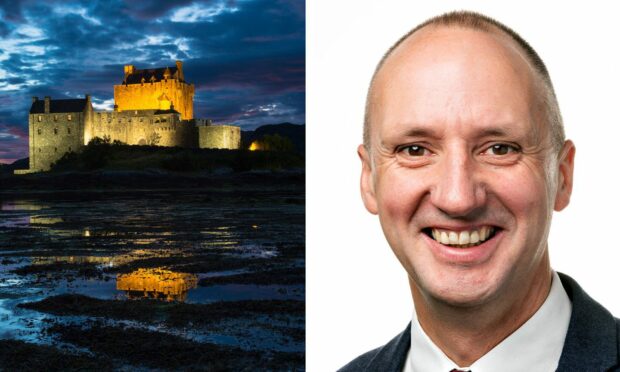
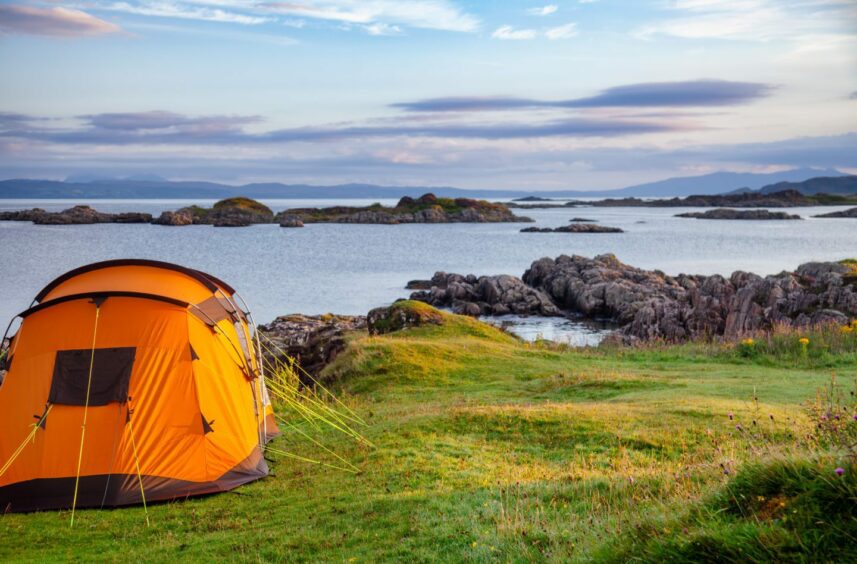
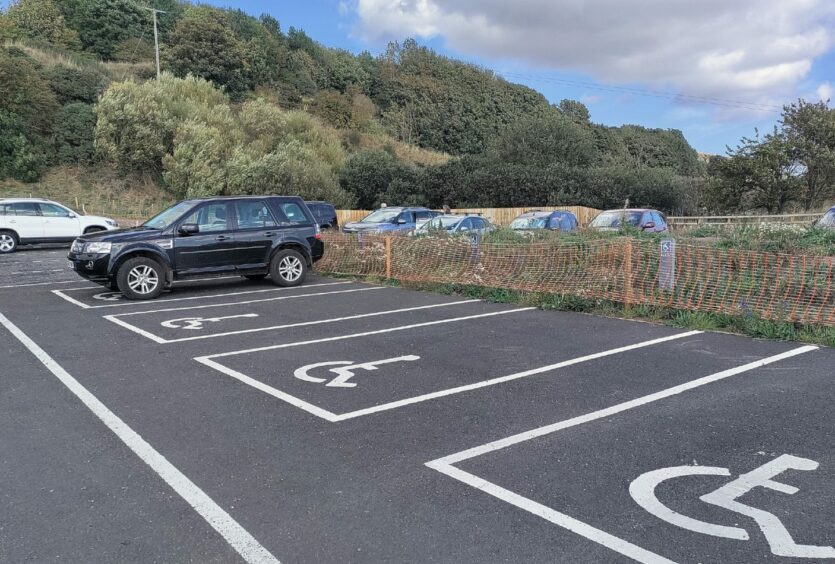
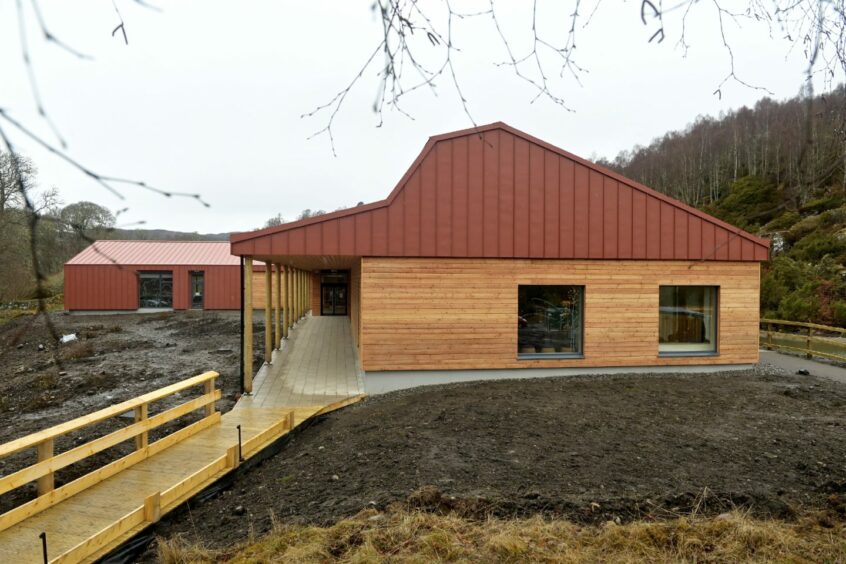
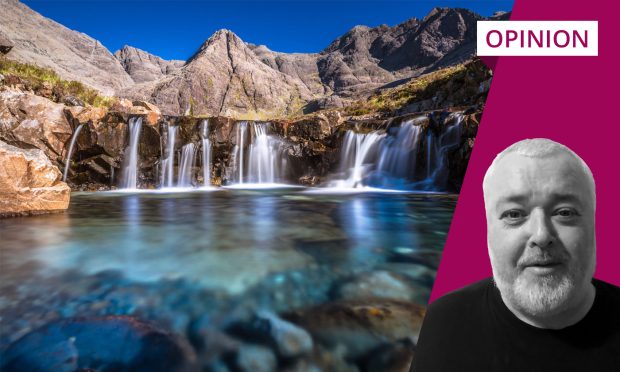
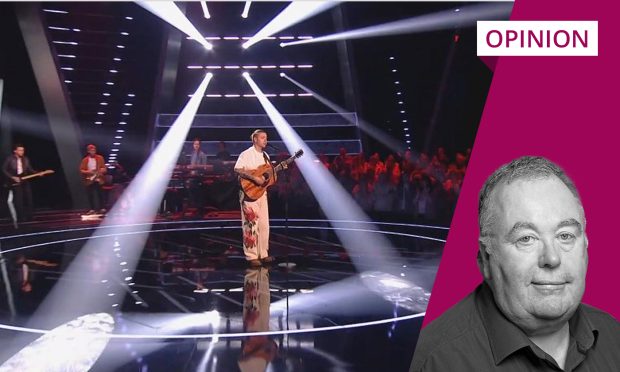
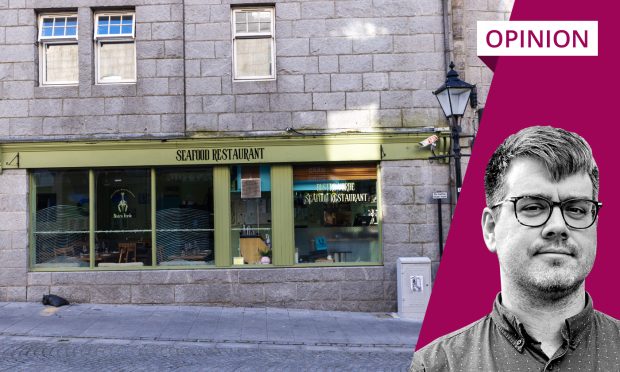
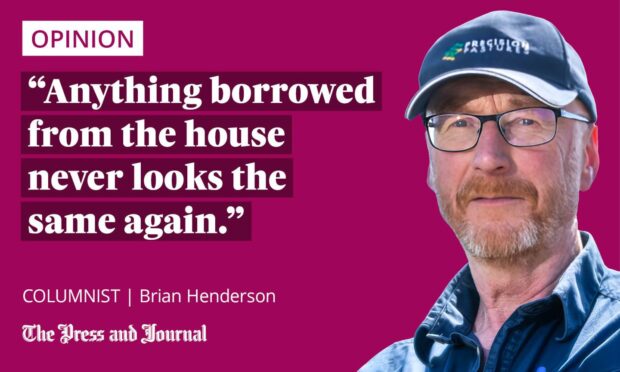
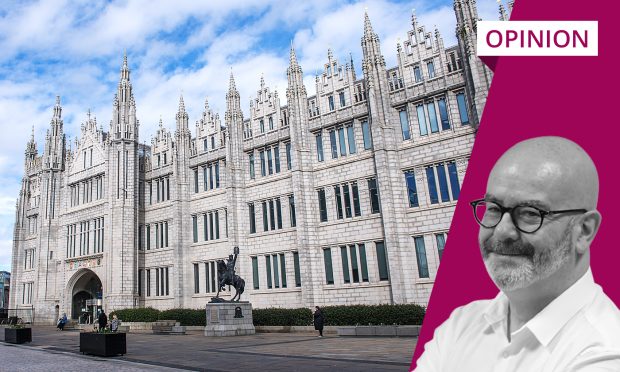
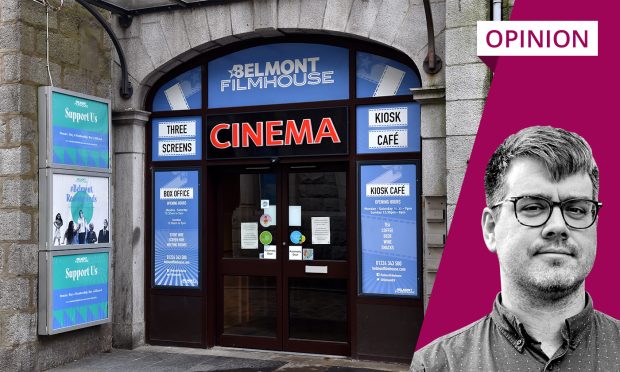
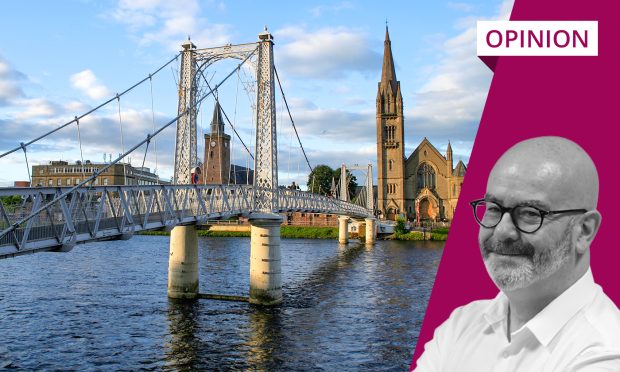
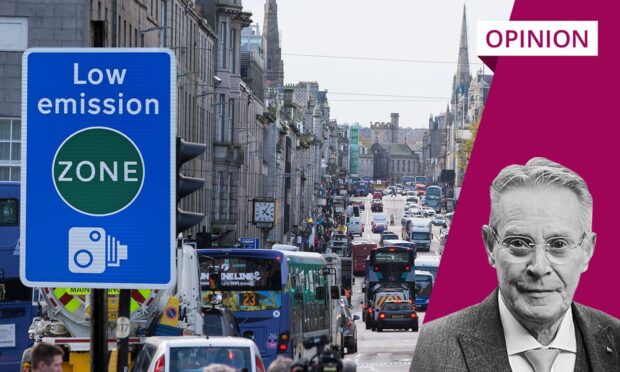
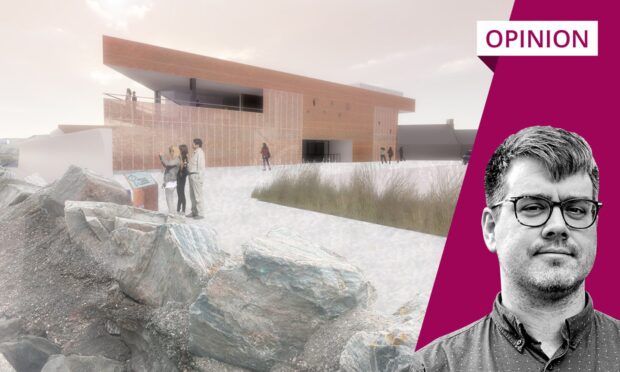
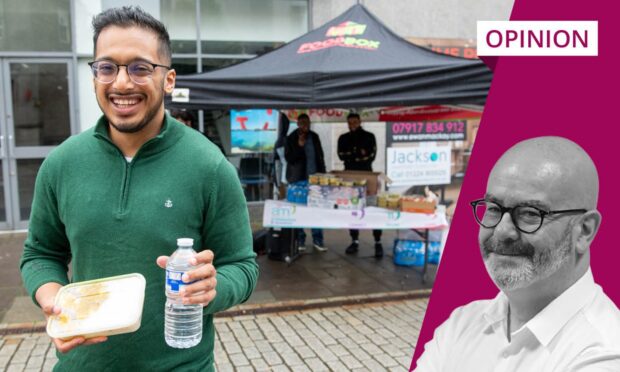
Conversation